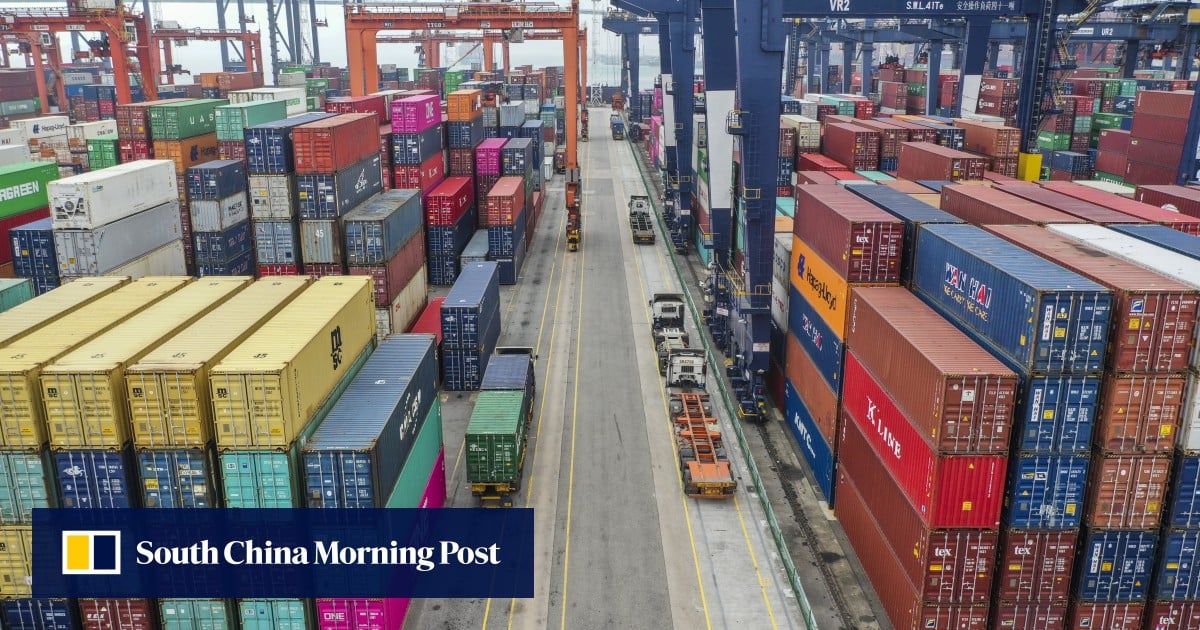“I think right now in the world, there’s probably only two locations where the regulators somewhat have a plan or vision of how to do this right,” Chen said. “And I think it’s Hong Kong and Dubai.”
Maersk’s exit from blockchain-based logistics leaves the field open for China
Maersk’s exit from blockchain-based logistics leaves the field open for China
Hong Kong’s position as a maritime centre and financial hub, along with policy support for blockchain and virtual assets, makes it uniquely placed to embrace this opportunity, according to the executive.
The other use cases the HKMA is exploring with the new project are green bonds, carbon credits, aircraft, electric vehicle charging stations and treasury management. Hong Kong’s de facto central bank has not publicly shared any details of those use cases.
The shipping industry is particularly ripe for disruption, though. The bill of lading, a document that confers the right to take possession of cargo, has been paper-based since the Middle Ages. It serves as a title to the goods and is required to receive payment. While the industry has sought a solution to digitise the document for many years, no industry-wide standards have been developed.
Blockchain could address weaknesses in earlier systems, as it can be used for digital signatures and proof of ownership, with tracking of goods baked in.
This solution has yet to catch on. Only 2 per cent of bills of lading are digitised today, according to Chen. Global shipping giants target full digitisation by 2030, but change has been slow in the face of complicated challenges that include different legal regimes, Chen said.

In a video explaining how this might work, ZAN uses the example of a buyer looking for financing. The seller could transfer control of the eBL to a third party such as a bank, which can appraise the goods and create a tradeable token. Traders can then buy those tokens and realise a return on that investment when the original buyer pays back the seller, according to the video posted to LinkedIn.
Tokenisation thus allows for “more complicated scenarios for payment”, and lets sellers get paid faster and easier, Chen said.
“All those new scenarios are possible, and it wasn’t possible in the past,” he added. “It’s a tangible use case.”
Can Huawei’s 5G-powered Tianjin Port redefine its enterprise business?
Can Huawei’s 5G-powered Tianjin Port redefine its enterprise business?
GSBN is not directly part of the wCBDC sandbox, which it is involved in through its Ant partnership. However, the company has been pushing for eBL adoption through other efforts.
Since issuing its first eBL in January 2023, the company’s volume surpassed 120,000 by the end of the year, Chen said. GSBN hopes to grow that to 200,000 this year, he added.

